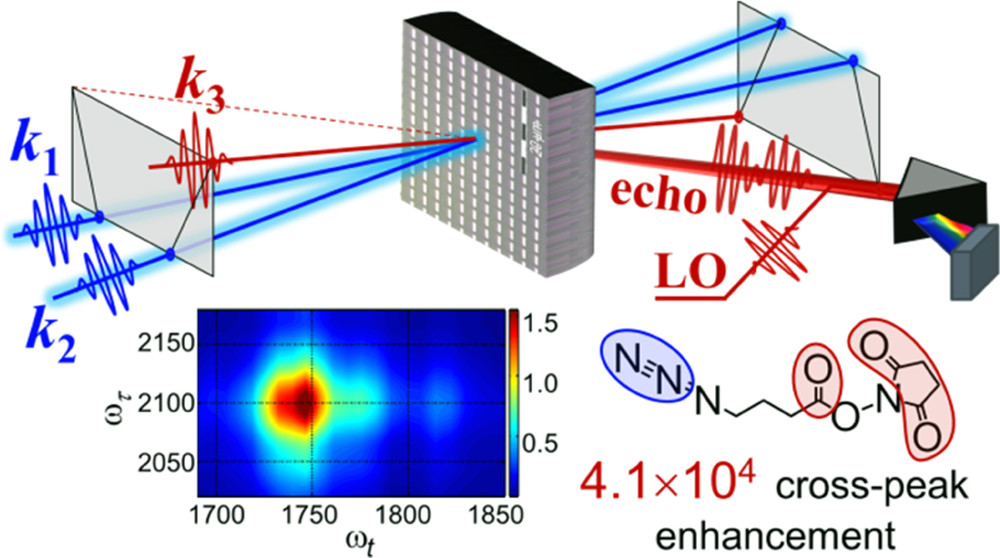
Author: צ'ונטונוב אולגה

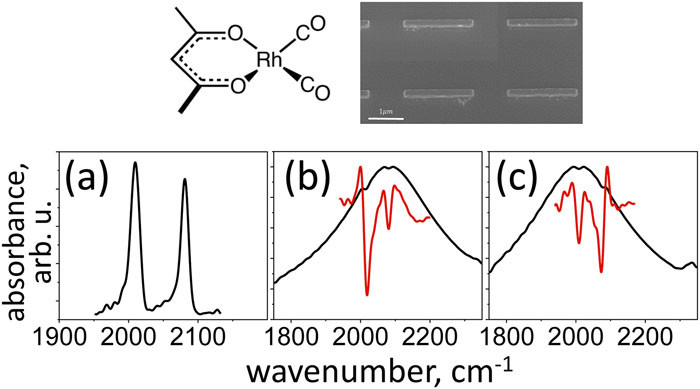
Communication: Probing the interaction of infrared antenna arrays and molecular films with ultrafast quantum dynamics

Two-dimensional Fano lineshapes in ultrafast vibrational spectroscopy of thin molecular layers on plasmonic arrays

A Spin-Boson Screening approach for unraveling dominant vibrational energy transfer pathways in molecular materials

Vacuum Rabi splitting in a plasmonic cavity at the single quantum emitter limit
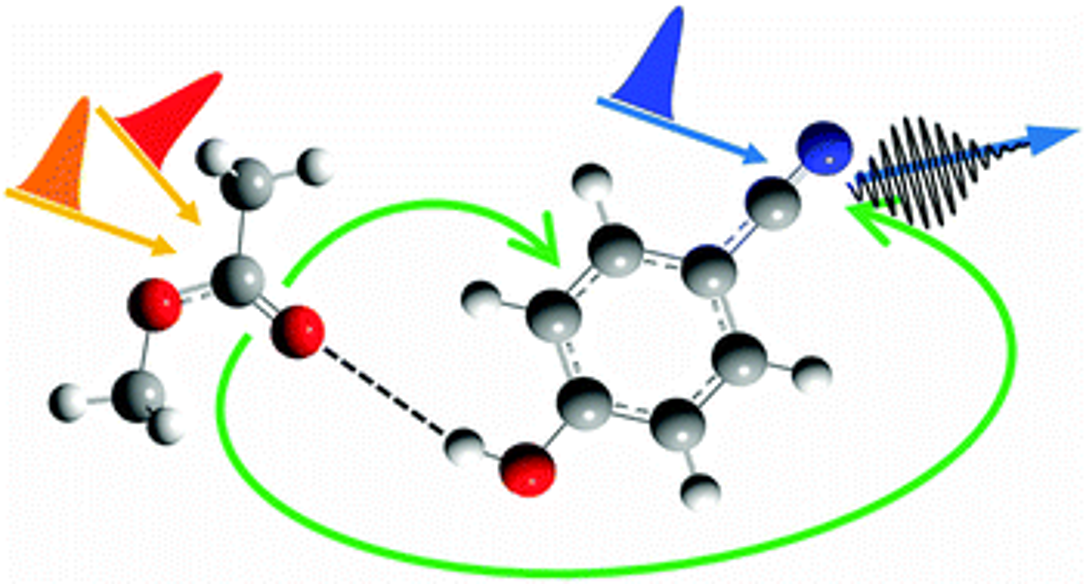
2D-IR spectroscopy of hydrogen-bond-mediated vibrational excitation transfer
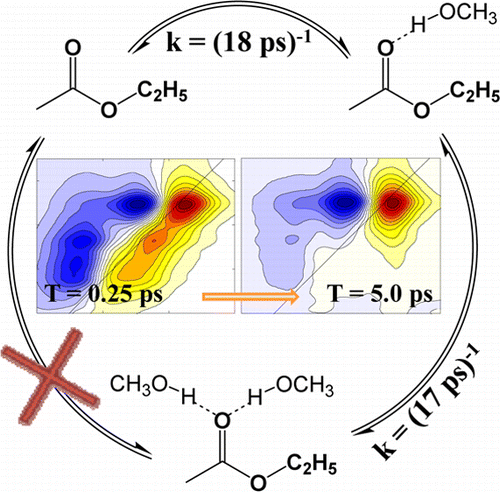
Kinetics of Exchange between Zero-, One-, and Two-Hydrogen-Bonded States of Methyl and Ethyl Acetate in Methanol

The simplest plasmonic molecules: Metal nanoparticle dimers and trimers
This review discusses research on the plasmonic properties of small clusters of metal nanoparticles, with two and three particles. These are the simplest examples of ‘plasmonic molecules’. Coupling between two particles leads to new surface plasmon resonances and to the creation of a hot spot of a strong electric field in the gap between the particles. Such a hot spot can be used to enhance Raman scattering or fluorescence, making plasmonic dimers useful for applications in spectroscopy and sensing. Trimers offer a richer spectrum of options for coupling between particles, which can be analyzed using group theory to obtain the plasmonic modes, in analogy to vibrational modes. Symmetry plays an important role in our understanding of the physics of plasmonic dimers and trimers, and new physical phenomena may appear when the symmetry of a dimer or a trimer is broken, including directional emission, Fano resonances, plane chirality and more. The review introduces some of these concepts, the basic physics behind them and their possible applications. Focus Point sections describing selected outstanding recent developments accompany the review.
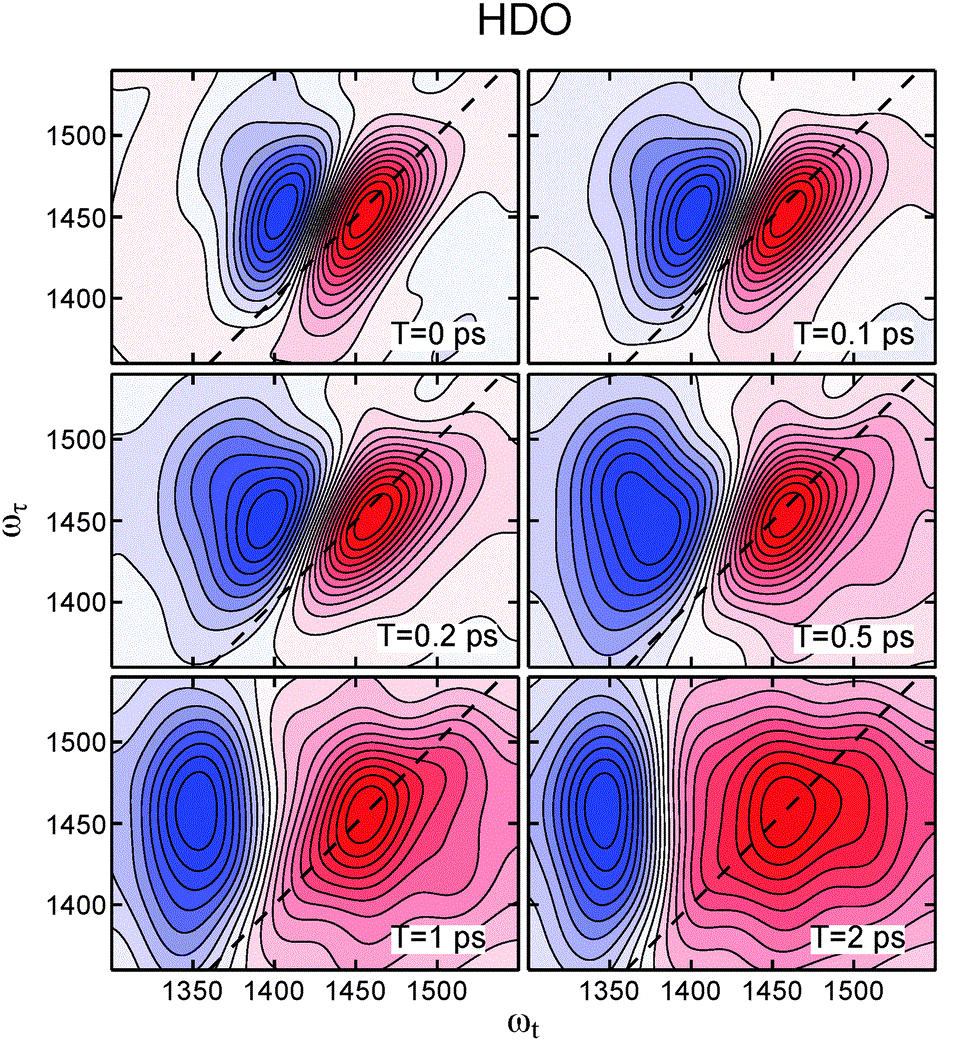
Non-linear infrared spectroscopy of the water bending mode: direct experimental evidence of hydration shell reorganization?
The structure and dynamics of liquid water are further studied by investigating the bend vibrational mode of HDO/D2O and pure H2O via two-dimensional infrared spectroscopy (2D-IR) and linear absorption. The experimental findings and theoretical calculations support a picture in which the HDO bend is localized and the H2O bend is delocalized. The HDO and H2O bends present a loss of the frequency–frequency correlation in subpicosecond time scale. While the loss of correlation for the H2O bend is likely to be associated with the vibrational dynamics of a delocalized transition, the loss of the correlation in the localized HDO bend appears to arise from the fluctuations/rearrangements of the local environment. Interestingly, analysis of the HDO 2D-IR spectra shows the presence of multiple overlapping inhomogeneous distributions of frequencies that interchange in a few picoseconds. Theoretical calculations allow us to propose an atomistic model of the observed vibrational dynamics in which the different inhomogeneous distributions and their interchange are assigned to water molecules with different hydrogen-bond states undergoing chemical exchange. The frequency shifts as well as the concentration of the water molecules with single and double hydrogen-bonds as donors derived from the theory are in good agreement with our experimental findings.
Effect of Nanoparticle Symmetry on Plasmonic Fields: Implications for Single‐Molecule Raman Scattering
The strong electromagnetic field localization required for the observation of single‐molecule surface‐enhanced Raman scattering (SMSERS) is readily obtained when the studied molecule is adsorbed inside the gap between closely adjacent nanoparticles. The interactions of adsorbed molecules with the electric field of light are influenced by the nanoparticle arrangement. This chapter discusses a series of spectroscopic and theoretical studies to better understand the mechanisms behind such interactions. It presents a systematic summary of the plasmon mode picture of the smallest nanoparticle clusters that are relevant to the discussion: dimers and trimers of spherical silver nanoparticles. The chapter shows how the shape of the plasmon spectrum of a cluster can be correlated with the shape of the Raman spectrum of an adsorbed molecule. It examines the relation between the polarization of the Raman‐scattered light and the plasmon mode structure of the cluster.


